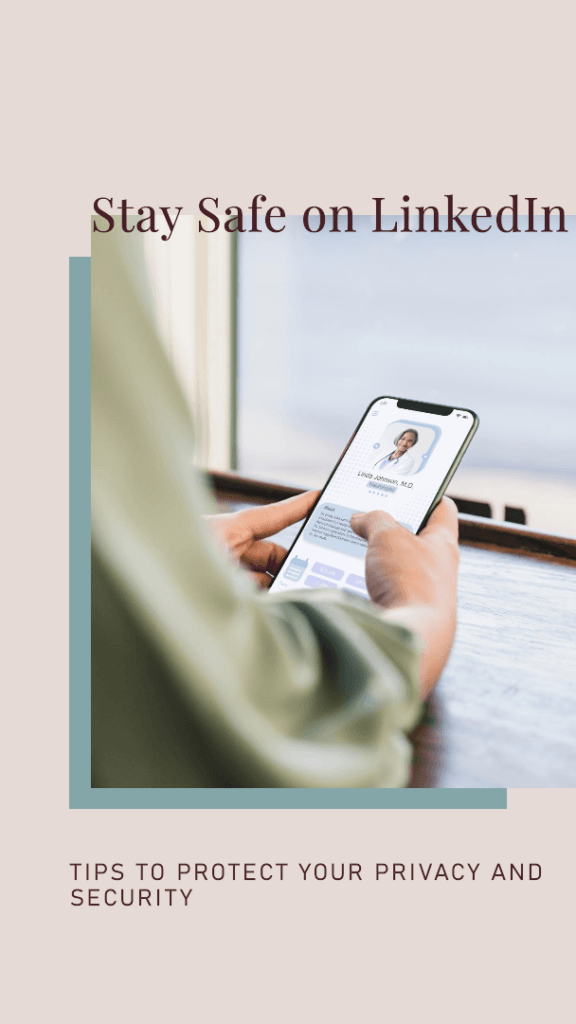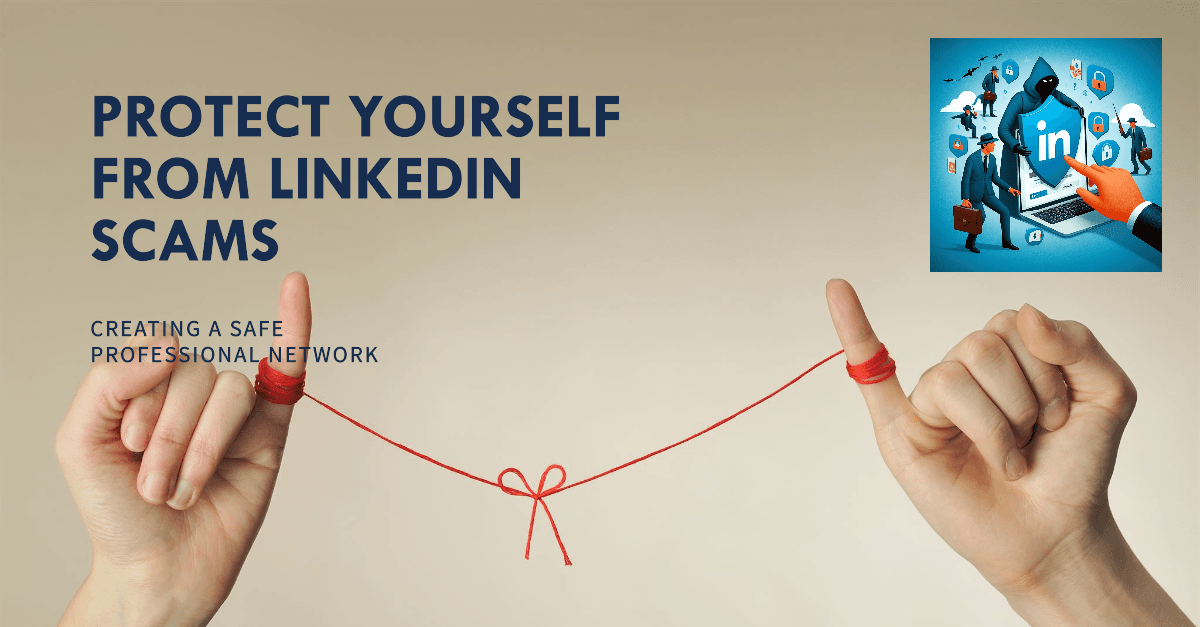LinkedIn, the world’s largest professional networking platform, has revolutionized the way professionals connect, seek job opportunities, and build their careers. With over 774 million members worldwide, LinkedIn offers a vast pool of potential contacts and opportunities. However, this expansive network also attracts scammers and fraudsters looking to exploit unsuspecting users. In recent years, LinkedIn scams have become increasingly prevalent, posing significant risks to users’ personal information, finances, and professional reputation.
LinkedIn scams come in various forms, but they often share common characteristics aimed at deceiving users. Here are some prevalent types of LinkedIn scams:

- Fake Profiles: Scammers create fake profiles impersonating real professionals or influential figures. These profiles often feature stolen photos and fabricated credentials, making them appear legitimate. Once connected, scammers may attempt to extract sensitive information or lure victims into fraudulent schemes.
- Phishing Messages: Scammers send phishing messages via LinkedIn’s messaging system or email, posing as recruiters, potential clients, or colleagues. These messages typically contain malicious links or attachments designed to steal login credentials, install malware, or initiate financial scams.
- Job Scams: Fraudulent job postings lure job seekers with enticing offers that promise high salaries, remote work opportunities, or career advancement. However, these postings are often fronts for illegitimate activities such as money laundering, identity theft, or pyramid schemes.
- Connection Requests: Scammers send connection requests to unsuspecting users, hoping to gain access to their network and personal information. Once connected, they may exploit the relationship to propagate scams or gather intelligence for future attacks.
- Fake Recruiters: Scammers may pose as recruiters for real companies, offering dream jobs. They might pressure you into giving up personal details, like your Social Security number, or ask for payment for resume reviews or background checks. Legitimate recruiters will never ask for such information.
- Investment Scams: Fraudsters may try to connect with you, promising high-return investment opportunities, often in cryptocurrency. These are almost always scams designed to steal your money. Never invest based on unsolicited offers, especially on social media.
- Romance Scams: Scammers may build relationships with users online, posing as potential partners. After gaining trust, they’ll invent stories and request money. Be wary of anyone who quickly moves conversations off LinkedIn or tries to isolate you from friends and family.
- Tech Support Scams: These involve someone contacting you, claiming to be from LinkedIn tech support. They might try to pressure you into revealing personal information or downloading malicious software. LinkedIn doesn’t offer phone support, so be cautious of unsolicited calls.
To avoid falling victim to LinkedIn scams, it’s crucial to remain vigilant and recognize the warning signs. Here are some red flags to watch out for:

- Unsolicited Messages: Be cautious of unsolicited messages from strangers, especially those containing vague offers, unusual requests, or grammatical errors. Legitimate professionals typically initiate contact with a clear purpose and professional demeanor.
- Too Good to Be True Offers: Exercise skepticism towards job offers or business opportunities that seem too good to be true. Research the company or individual offering the opportunity and verify their credibility before proceeding.
- Incomplete Profiles: Scrutinize profiles with incomplete information, inconsistent details, or suspicious job histories. Genuine professionals typically maintain detailed profiles with accurate information about their education, work experience, and skills.
- Pressure Tactics: Beware of individuals who employ high-pressure tactics to solicit personal information or financial investments. Legitimate professionals respect boundaries and provide ample time for consideration before making decisions.
Here are some tips to stay safe on LinkedIn:

- Verify Identities: Before engaging with someone on LinkedIn, verify their identity and credentials through mutual connections, online research, or professional networking events. Authenticating the legitimacy of individuals and organizations can help prevent falling victim to impersonation scams.
- Exercise Caution with Links and Attachments: Avoid clicking on suspicious links or downloading attachments from unknown senders, even if they claim to be offering valuable resources or job opportunities. Use reputable antivirus software to scan files for malware before opening them.
- Don’t Share Personal Information: Never share your Social Security number, bank details, or passwords on LinkedIn.
- Verify Job Openings: Research companies and positions before applying. Don’t pay for job applications or interviews.
- Be Skeptical of Urgent Requests: If something sounds too good to be true, it probably is. Don’t be pressured into quick decisions.
- Report Suspicious Activity: If you encounter a scam, report it to LinkedIn so they can take action.
- Review Privacy Settings: Regularly review and adjust your privacy settings on LinkedIn to control who can view your profile, send you messages, and connect with you. Limiting exposure to unknown users can reduce the risk of encountering scams.
- Stay Informed: Stay informed about the latest LinkedIn scams and cybersecurity threats by following reputable sources of information, such as cybersecurity blogs, industry publications, and LinkedIn’s own security updates. Awareness of emerging threats enables you to recognize and mitigate risks effectively.
If you encounter suspicious activity or believe you’ve been targeted by a LinkedIn scam, report it to LinkedIn immediately. You can report fake profiles, phishing messages, or fraudulent job postings directly through the platform’s reporting tools. Additionally, consider notifying your connections to raise awareness and prevent further spread of the scam.
#epicinfinite #epicarticle #epicblog
“What are your best tips for staying safe online? Share in the comments below!”










